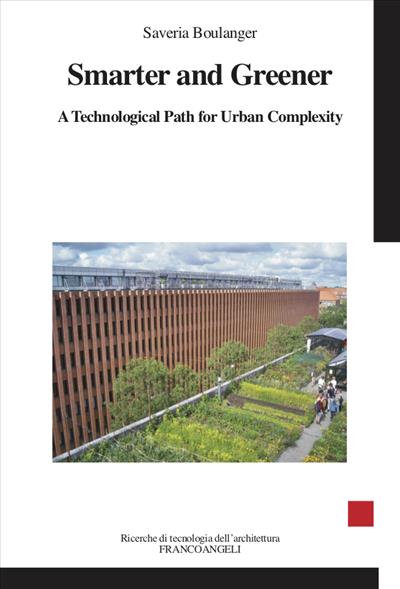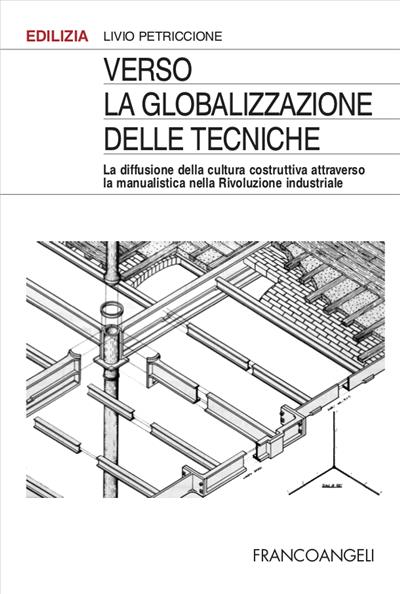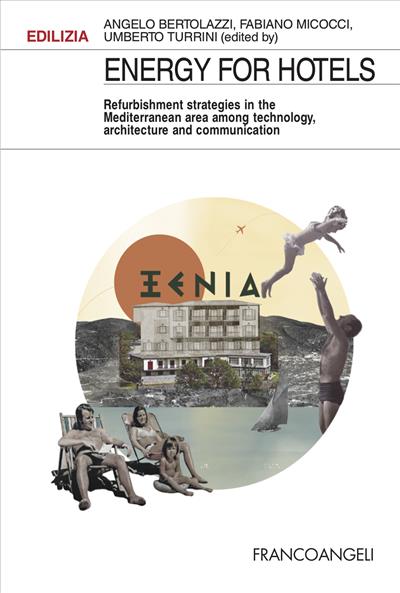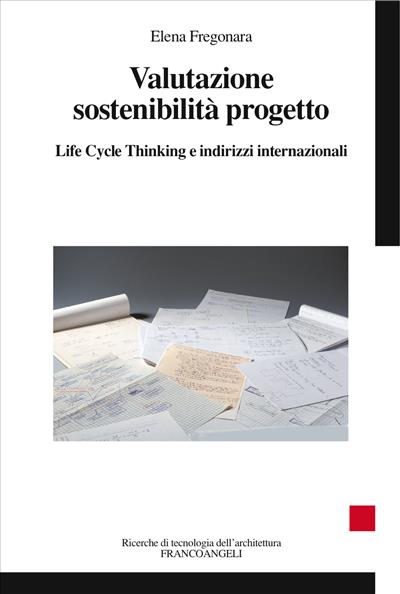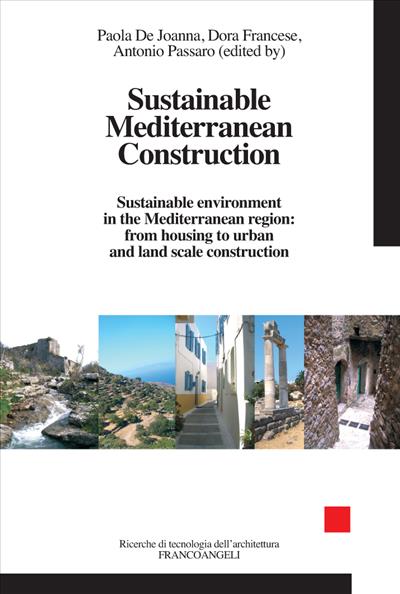
A cura di: Paola De Joanna, Dora Francese, Antonio Passaro
Sustainable Mediterranean Construction.
Sustainable environment in the Mediterranean region: from housing to urban and land scale construction
The Cittam conference has the aim of investigating about the reflection – over the sustainable development strategies and the ecological approach – of a number of principles, already present and rooted in the Mediterranean traditional culture, such as the bioclimatic response of buildings, the local resource employment and the social and cultural factors involved in the human activities.
Pagine: 612
ISBN: 9788820414368
Edizione: 1a edizione 2012
Codice editore: 1330.83
Disponibilità: Discreta
Pagine: 612
ISBN: 9788856858327
Edizione:1a edizione 2012
Codice editore: 1330.83
Possibilità di stampa: No
Possibilità di copia: No
Possibilità di annotazione: No
Formato: PDF con DRM Readium LCP
